In the world of automobiles, there’s a fascinating interplay between everyday road cars and their high-octane racing counterparts. Often, manufacturers infuse the DNA of their racing legends into consumer vehicles. This synergy not only enhances performance but also gives enthusiasts a taste of racing heritage. Here are six cars that share parts with racing legends, revealing the exciting blend of speed and practicality.
Porsche 911 Carrera RS and the Porsche 917
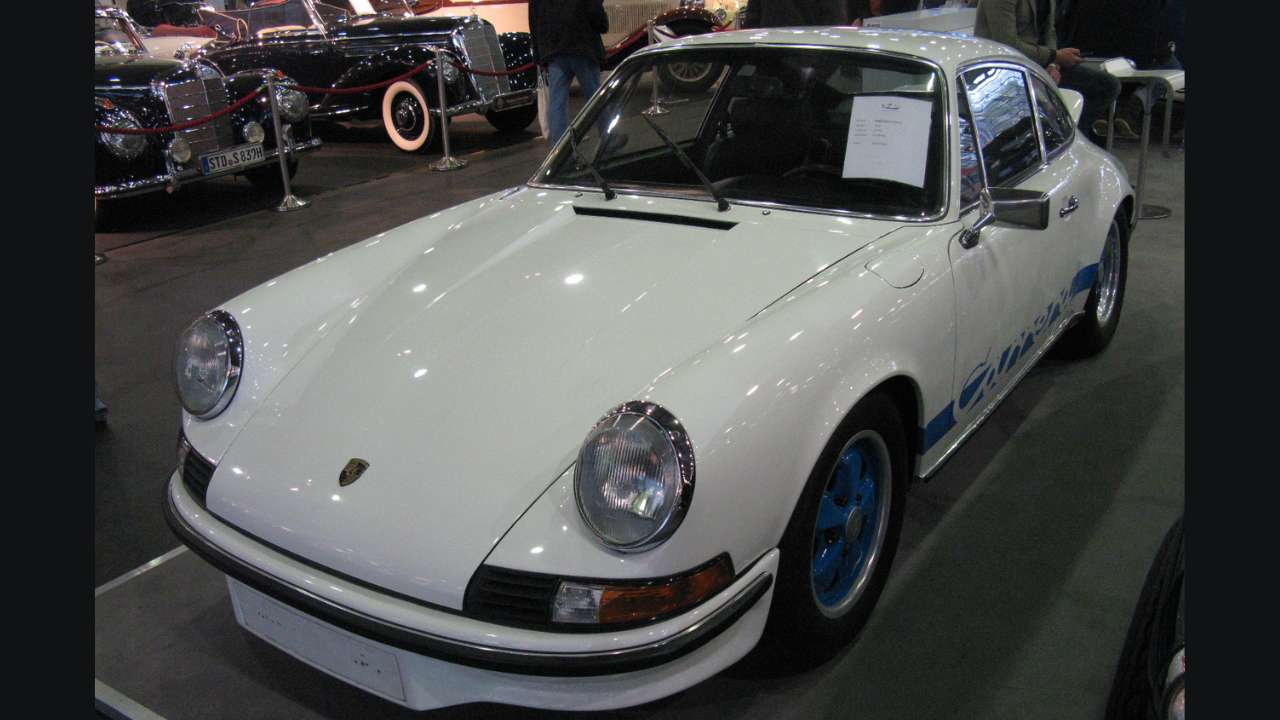
The Porsche 911 Carrera RS and the Porsche 917 share an illustrious connection that stems from Porsche’s relentless pursuit of performance. The 911 Carrera RS, introduced in 1973, was developed with racing in mind, featuring lightweight construction and a powerful engine. Key components, such as the suspension setup, drew inspiration from the Porsche 917, a racing icon known for its dominance at Le Mans.
The Porsche 917, with its innovative engineering and incredible speed, set a benchmark in endurance racing. The lessons learned from the 917’s success found their way into the 911 Carrera RS, providing it with a competitive edge both on the track and the road. This connection underscores Porsche’s commitment to transferring racing technology to consumer vehicles.
Ford GT40 and the Ford Mustang
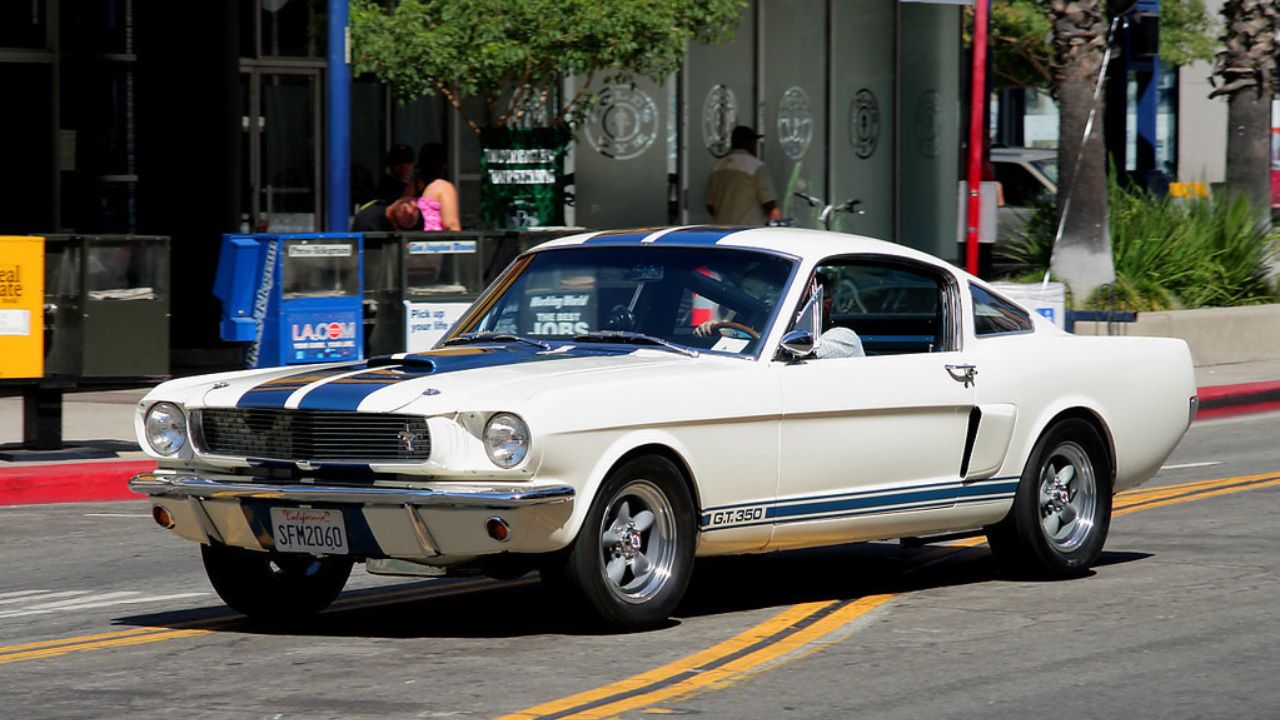
The Ford GT40’s legacy in motorsport is legendary, especially its victories at the 24 Hours of Le Mans in the 1960s. The GT40’s influence extended beyond the racetrack and into the development of the Ford Mustang. The first-generation Mustang, launched in 1964, benefited from the engineering prowess honed during the GT40’s creation.
Specifically, the Mustang’s high-performance variants, such as the Shelby GT350, utilized suspension technologies and engine tuning inspired by the GT40. This cross-pollination of ideas ensured that the Mustang wasn’t just a stylish icon but a performance-oriented vehicle with genuine racing pedigree.
Ferrari F50 and the Ferrari 333 SP

Ferrari’s penchant for blending road and racing technology is perfectly exemplified in the Ferrari F50, a supercar introduced in 1995. The F50 is closely linked to the Ferrari 333 SP, a race car designed for sports car racing in the IMSA series. Both vehicles share the same V12 engine architecture, showcasing Ferrari’s commitment to high-performance engineering.
The Ferrari 333 SP was renowned for its speed and agility on the track. By integrating its V12 engine into the F50, Ferrari offered road car enthusiasts an authentic racing experience. This seamless transition of technology from track to road underscores Ferrari’s dedication to its racing heritage.
BMW M3 E30 and the BMW M1 Procar
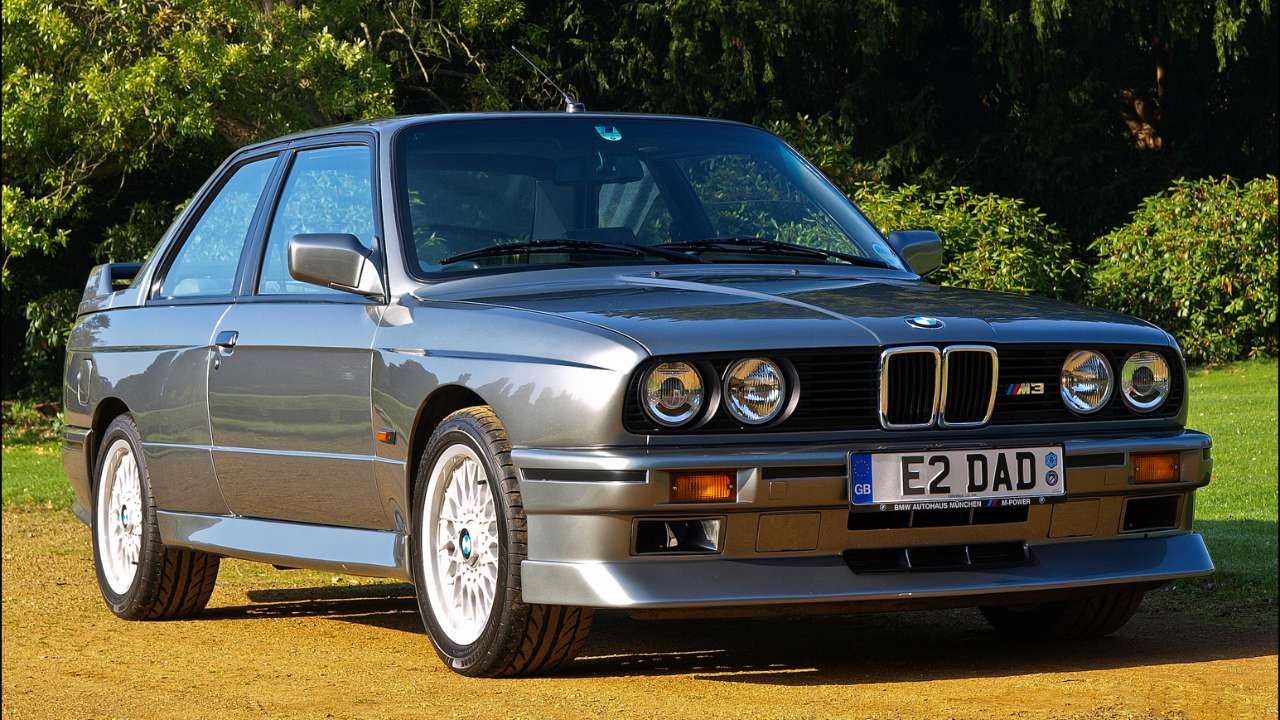
The BMW M3 E30, introduced in the mid-1980s, stands as one of the most iconic performance cars in automotive history. Its lineage can be traced back to the BMW M1 Procar, a racing series that featured some of the world’s best drivers. The M1 Procar’s influence is evident in the M3 E30’s aerodynamic design and chassis tuning.
The BMW M1 Procar was instrumental in shaping the motorsport landscape, and its legacy lived on through the M3 E30. The car’s racing-inspired suspension and engine technologies made it a force to be reckoned with on both the track and public roads, cementing its status as a true performance icon.
Nissan Skyline GT-R R34 and the Nissan R390 GT1
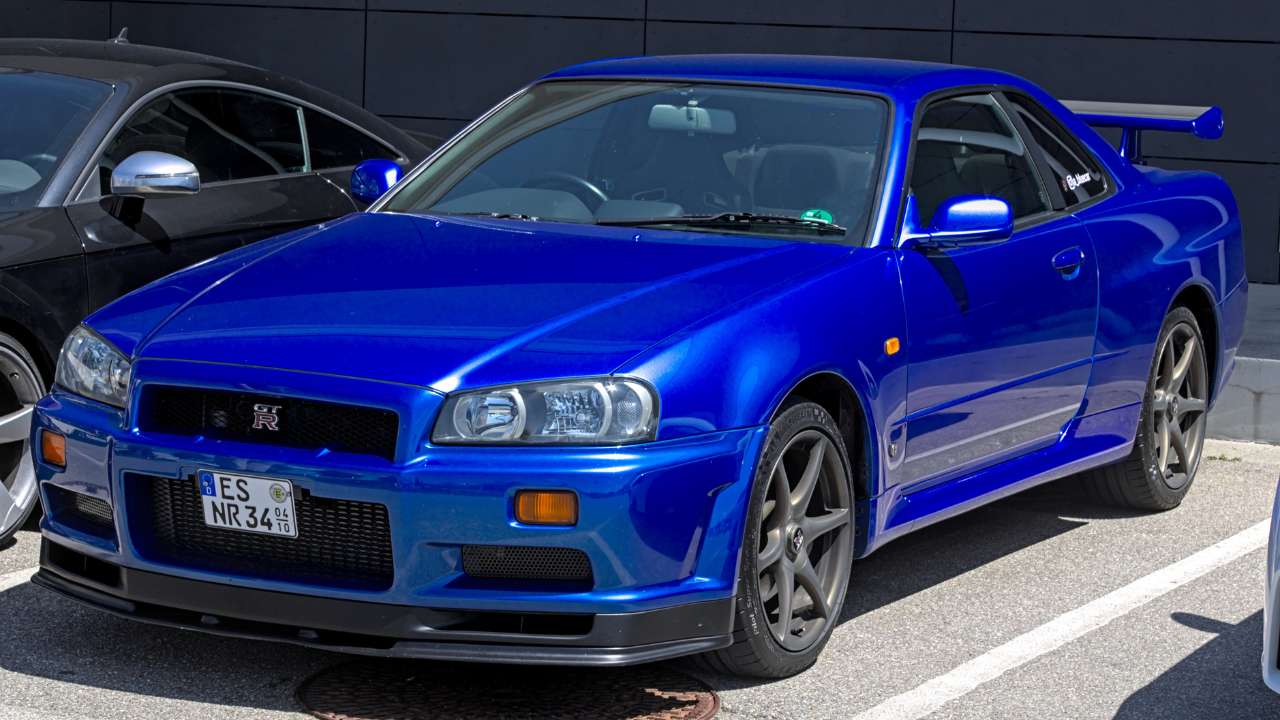
The Nissan Skyline GT-R R34, a much-celebrated vehicle among enthusiasts, shares a deep connection with the Nissan R390 GT1, a race car designed for Le Mans in the late 1990s. The R34’s advanced all-wheel-drive system and twin-turbocharged engine drew inspiration from the R390 GT1’s technological advancements.
The R390 GT1 showcased Nissan’s engineering capabilities in endurance racing, and the lessons learned were applied to the R34, enhancing its performance and handling. This connection highlights Nissan’s commitment to leveraging racing technology to create exceptional road cars.
Chevrolet Corvette C5 Z06 and the Chevrolet Corvette C5-R
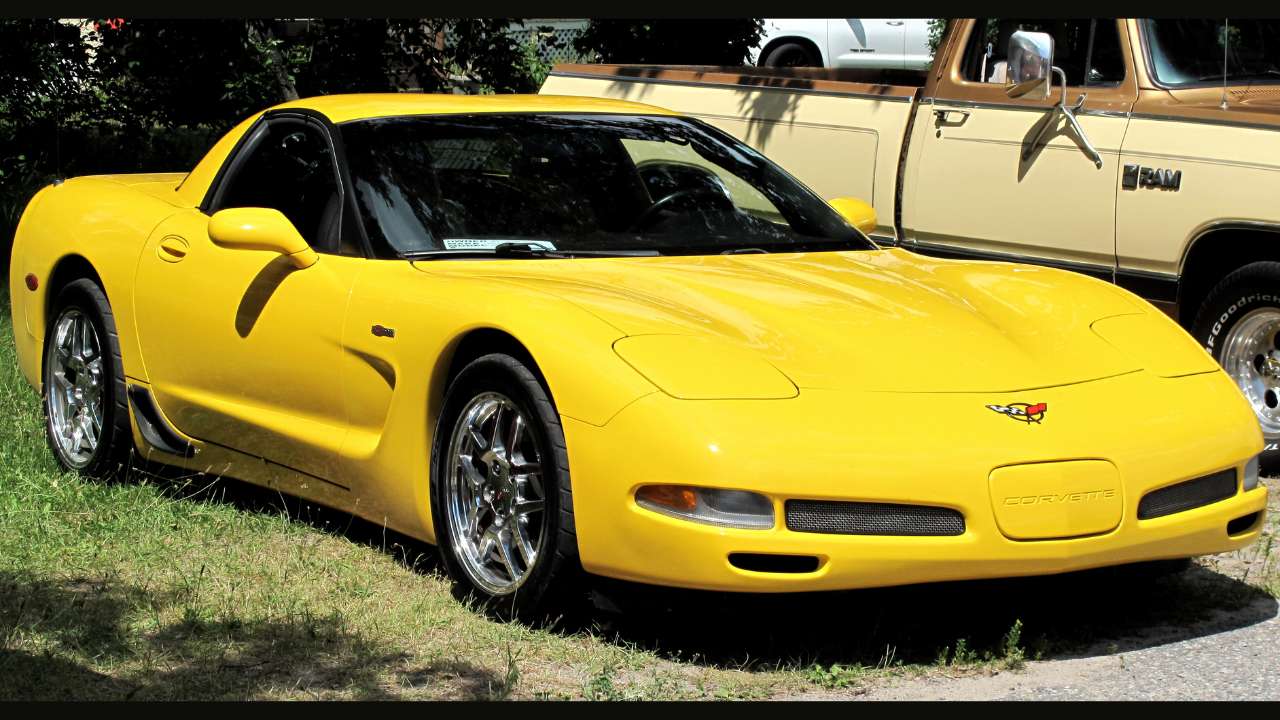
The Chevrolet Corvette C5 Z06, introduced in 2001, shares a significant amount of DNA with the Corvette C5-R, a race car that competed successfully in GT racing. The C5-R’s influence is particularly evident in the Z06’s lightweight construction and high-performance capabilities.
The C5-R was developed with a focus on endurance racing, and its success on the track was mirrored in the Z06’s performance on the road. By incorporating racing-derived technologies such as advanced suspension systems and aerodynamic enhancements, Chevrolet ensured that the C5 Z06 delivered an exhilarating driving experience reminiscent of its racing sibling.
Like Fast Lane Only’s content? Be sure to follow us.
Here’s more from us:
*Created with AI assistance and editor review.

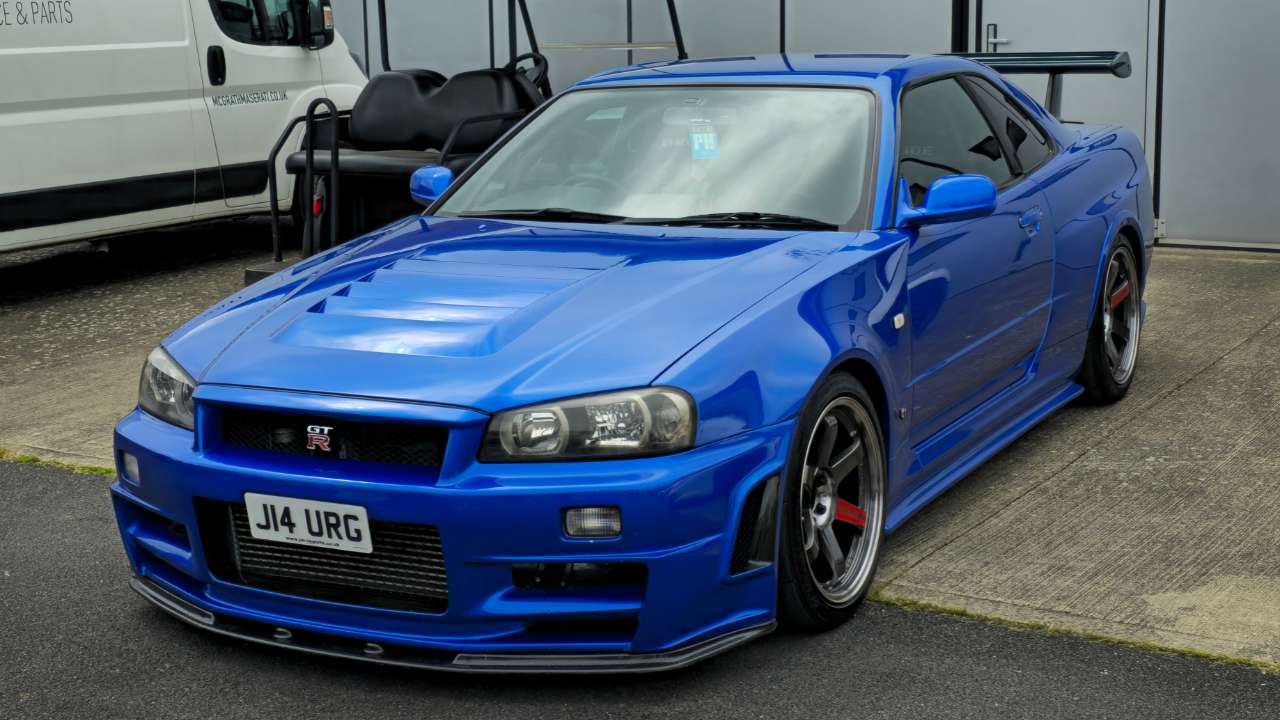
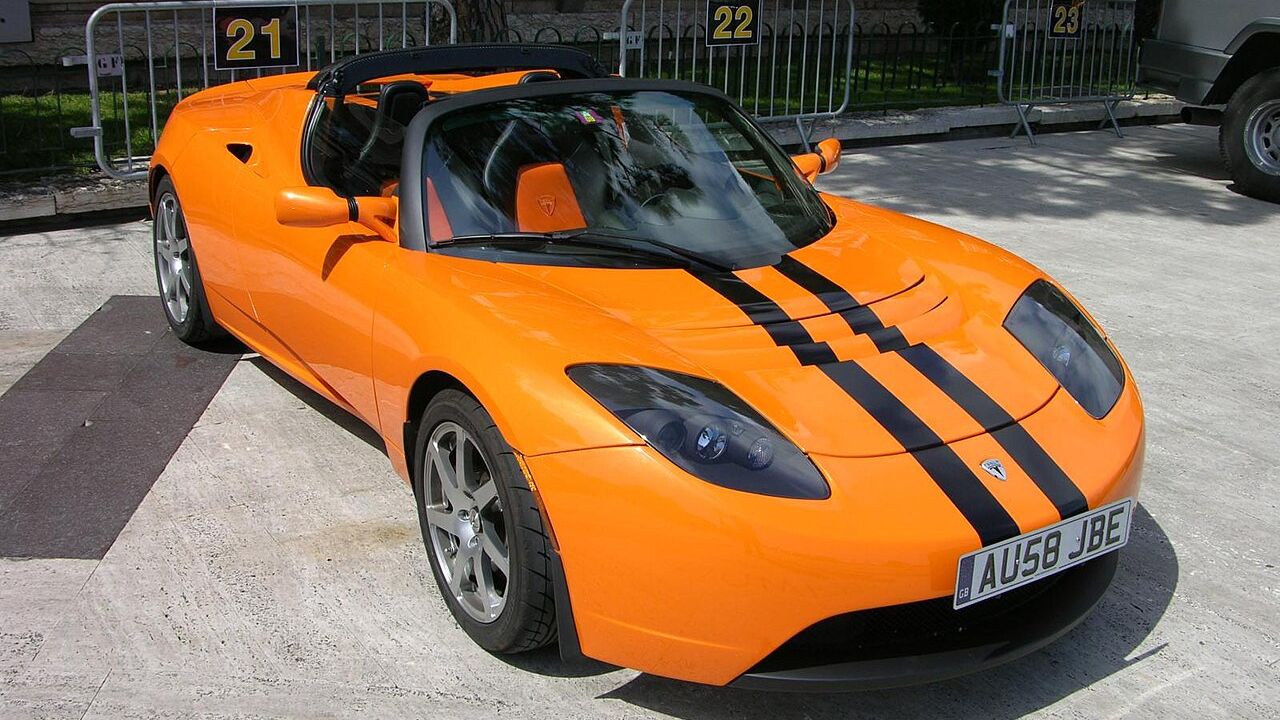
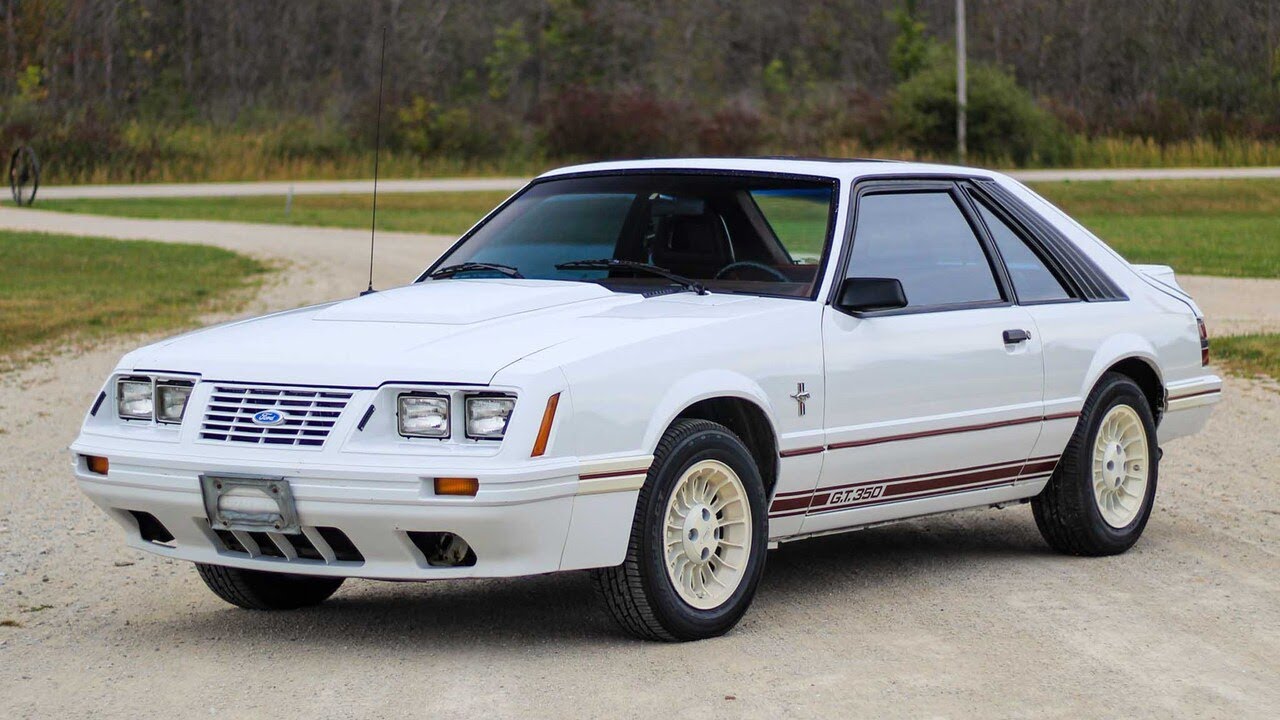

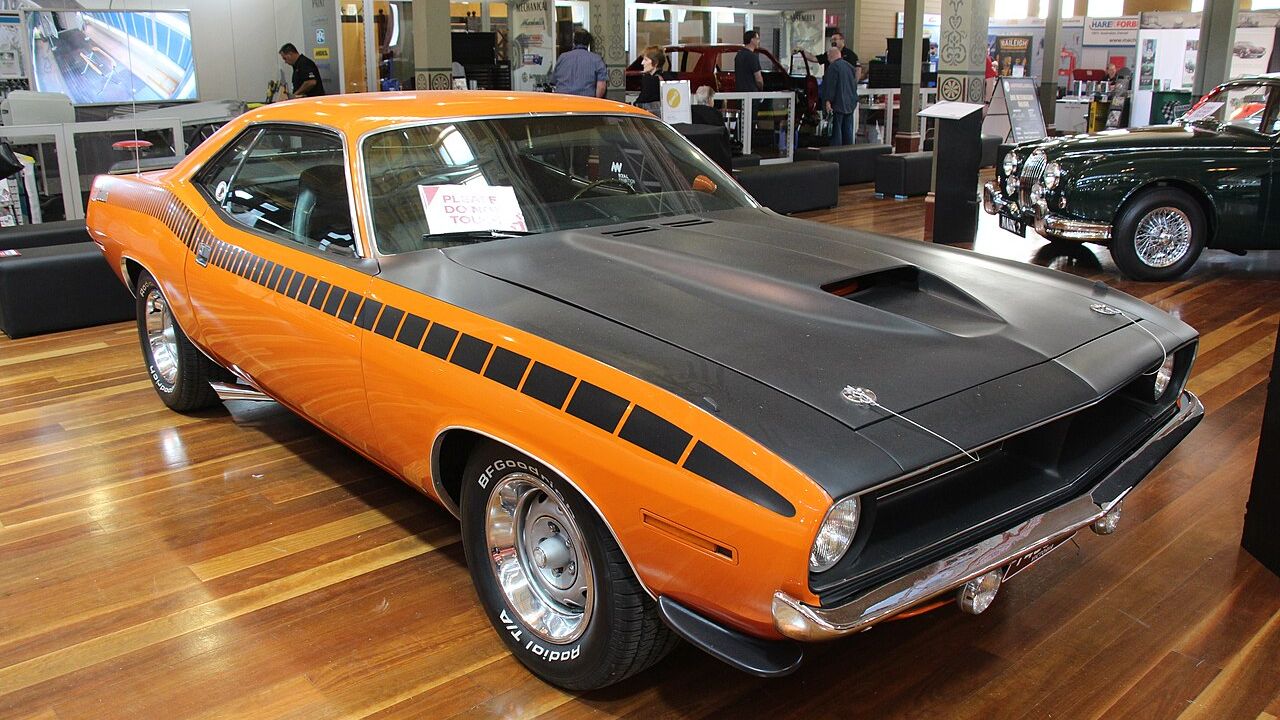
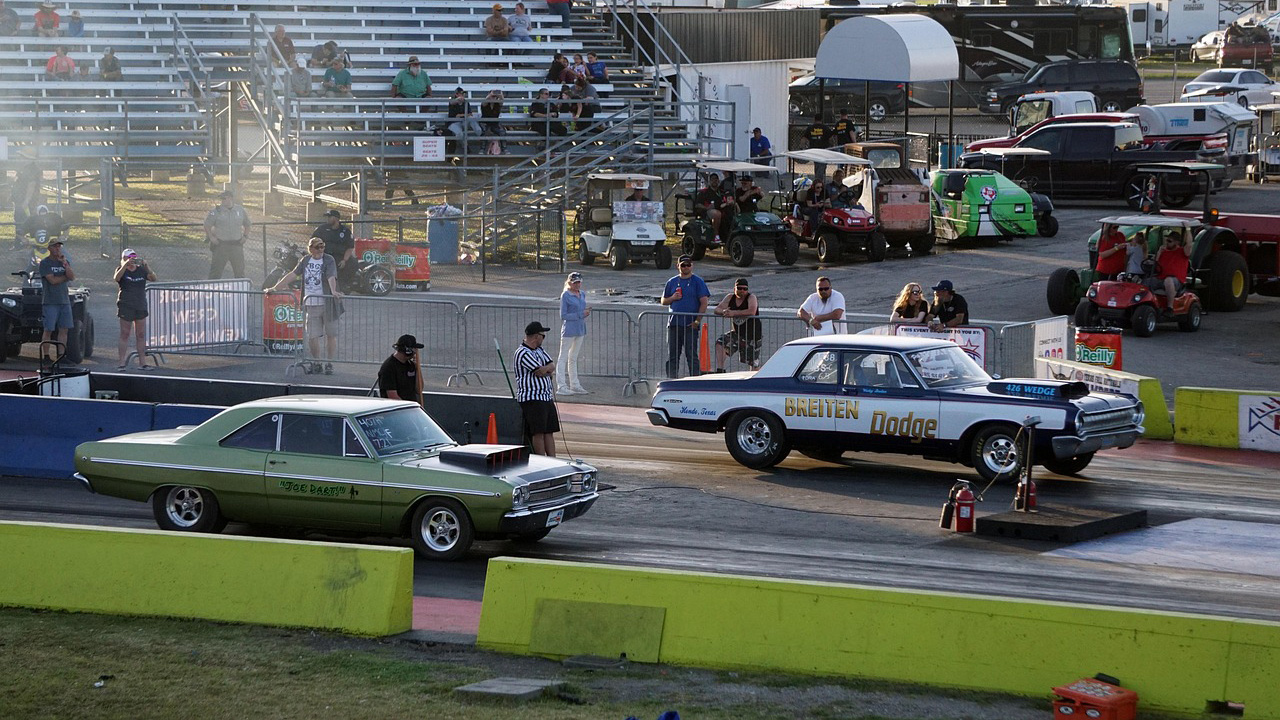
Leave a Reply